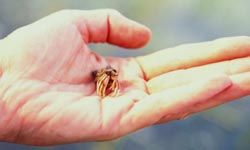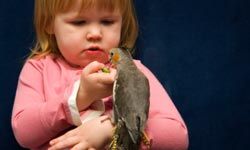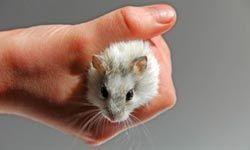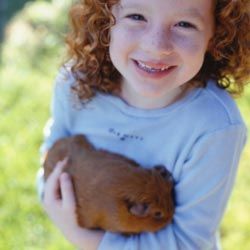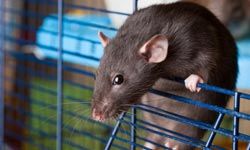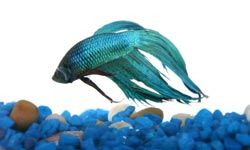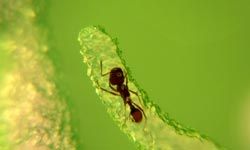If you're a parent, and your child is old enough to talk, chances are you've heard the phrase "Can we get a [cat/dog/hamster/elephant]? Please, please, pretty please?" In general, this request inspires a sense of impending doom. No matter what kind of pet you have, it's going to be a lot of work. And, no matter how much your kid tries to convince you that they'll do everything, you'll have to shoulder a certain amount of responsibility. Pet ownership means adoption fees, vet bills, food, toys, grooming, cleanup -- and who knows what else. It's not something to take lightly.
But the right kid paired with the right pet can actually mean great things for everybody. Taking on the care of an animal can teach your child how to be responsible and aware of the needs of others. A pet is a live-in nature lesson. The bond with a pet can provide immeasurable fulfillment for everyone in your family, not just your child.
Advertisement
But how to pick the right pet? Not to worry, this is the place to start. Check out the following pages for our list of 10 great first pets.

